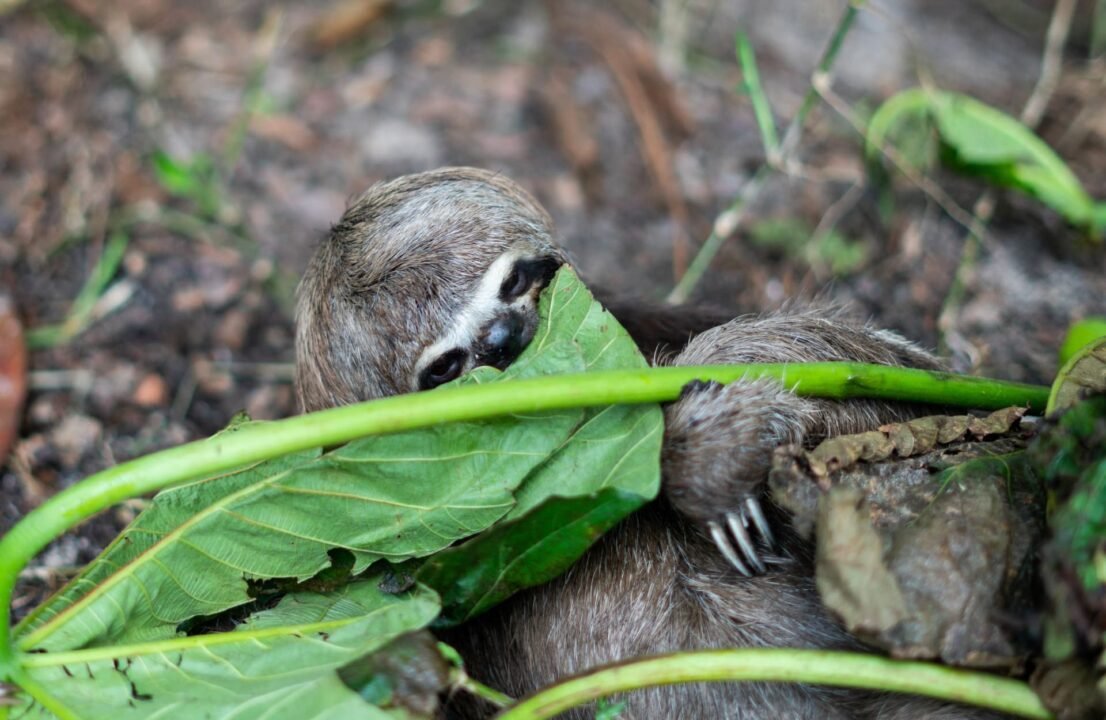Charismatic and well-known, sloths are very special creatures.
Their extremely low metabolic rate, especially in one three-toed species, has crowned them the slowest mammals in the world.
Moreover, they are keystone species crucial to the ecosystems they inhabit. However, they face various threats across Latin America. Peru Jungle Trips shares more details about them with you.
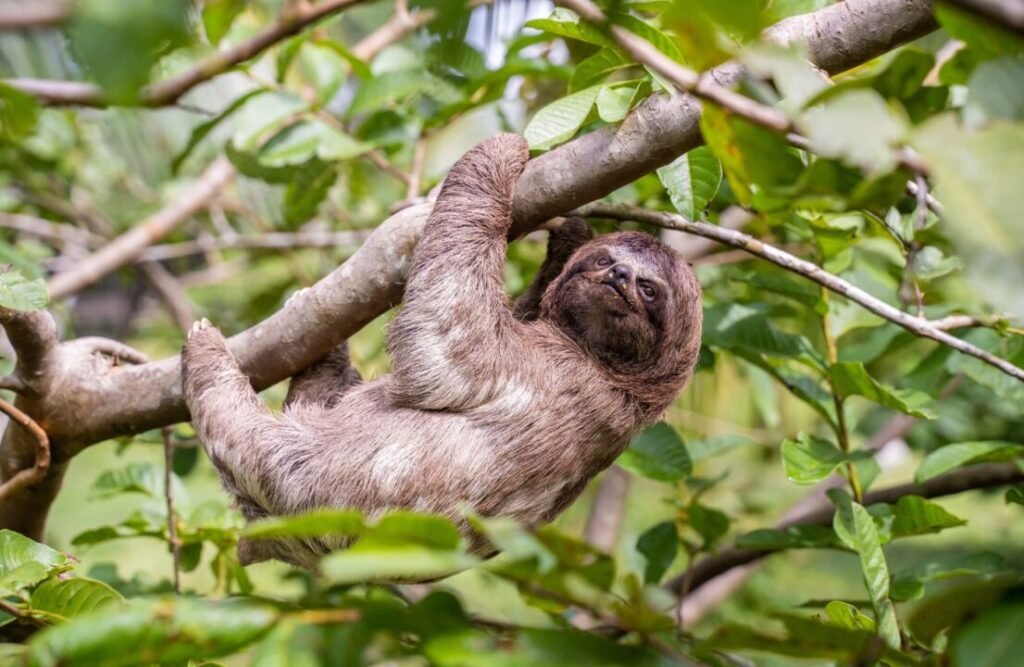
Their Slowness Helps Them Survive
It’s true, sloths are remarkably sluggish mammals, often motionless while hanging from branches between eating and sleeping, which can last up to 15 to 20 hours per day.
But there’s a perfectly valid reason for this – it’s a survival strategy that works for them. Sloths compensate for their low-energy, leaf-based diet by adopting an extremely slow-paced lifestyle and conserving as much energy as possible.
Additionally, the fact that sloths have existed for 65.5 million years—just before dinosaurs went extinct—demonstrates that a slow-paced way of life can indeed be an effective survival strategy in the wild.
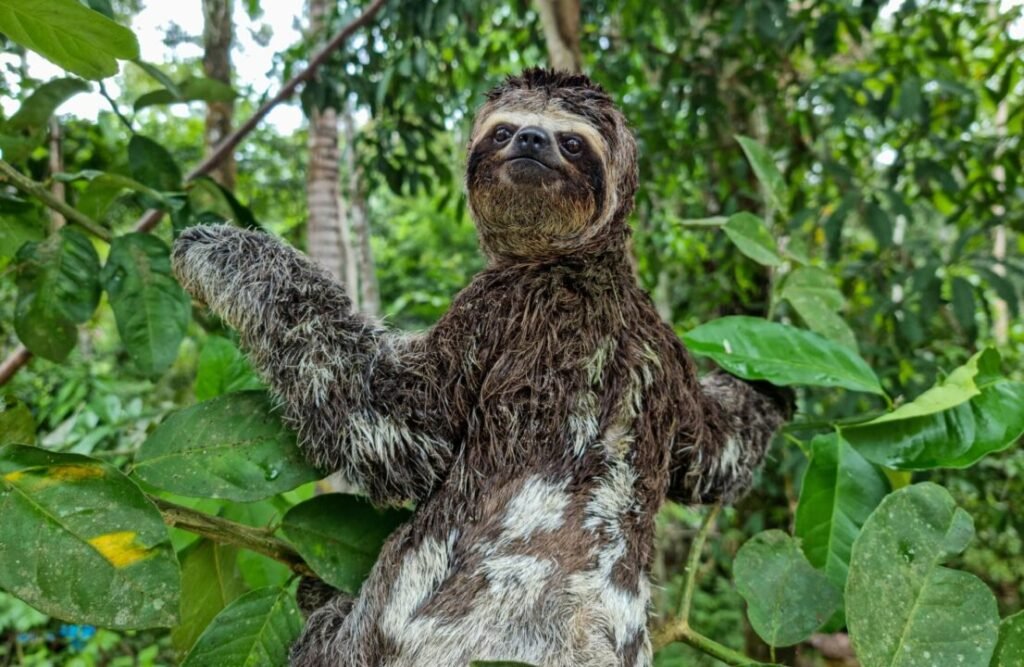
Sloths Are Highly Vulnerable to Deforestation
Most sloth species are classified as “least concern” on the IUCN Red List of Threatened Species. However, threats still exist in the form of habitat loss, fragmentation, and the illegal wildlife trade. Currently, some subpopulations, especially in Colombia and the Atlantic Forest in Brazil, are declining due to deforestation and degradation of their habitat.
These tree-dwelling mammals rely on the health of tropical rainforests for food, shelter, and space. So, as trees are cut down, the rainforest may shrink along with its inhabitants.
Their Slowness affects their Metabolism too
According to the APPC, these mammals “mainly feed on leaves, flowers, and sometimes, tropical fruits.” Furthermore, the diet of two-toed sloths is more varied.
These animals live hanging upside down in the canopies of trees and only descend to the ground to defecate approximately once a week, the UNEP adds. This is because their metabolism is slow, and they expend little energy when moving, which allows them to survive on little food.
This slowness also occurs during feeding. In fact, “a sloth’s body can take weeks to process something that another animal could digest in a matter of hours.”
Regarding the speed of their movements, the APPC indicates that it is 7 centimeters per second in the case of three-toed sloths, although the movement is a little faster for two-toed sloths.
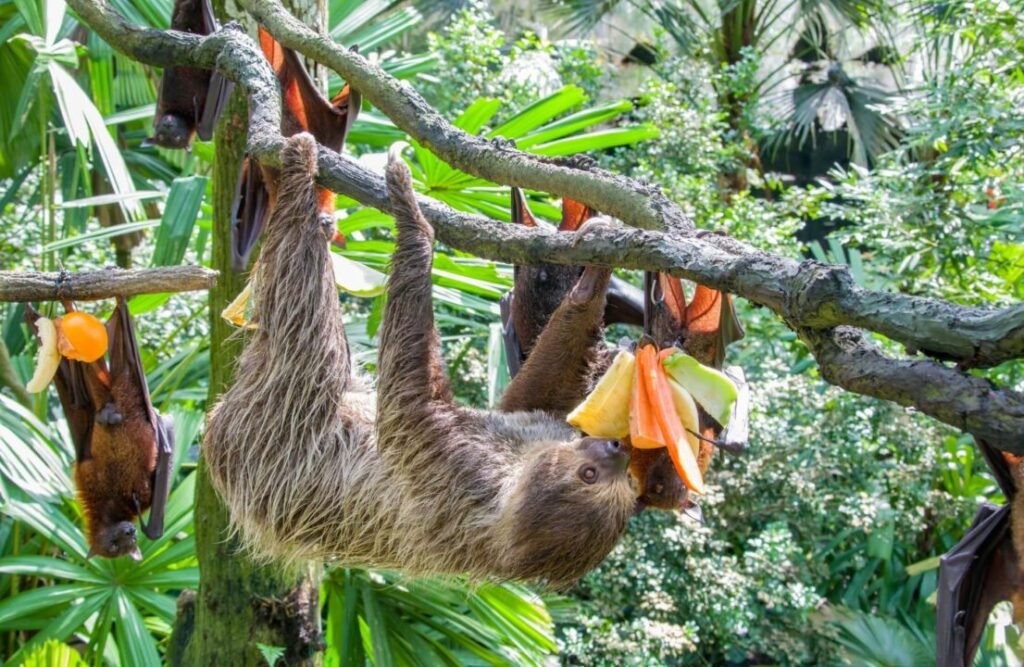
They Love to Sleep Aswell
In addition to being characterized by its slowness, it is also known for being a sleepyhead! It spends most of the day sleeping on the branches of trees. It is an animal that does not expend energy and can therefore sleep for up to 18 hours straight.
But how does it sleep? We often see it settling on the branch of a tree, it is common to sleep hanging upside down.
From the Past to the Present
Thousands of years ago, as part of the American megafauna that inhabited the Earth, there was the Megatherium (Megatherium americanum). It was an herbivore that could measure up to six meters, weigh nearly five tons, and was capable of standing on its hind legs to reach leaves from trees.
However, the two-toed and three-toed sloths are not that closely related. According to Science, the former are believed to be distant cousins of the Mylodon, while the three-toed variety is more closely related to the Megalonyx. Both were giant, terrestrial sloths that went extinct 10,000 and 15,000 years ago, respectively. It is estimated that the two-toed and three-toed sloths diverged on the phylogenetic tree around 20,000 years ago, hence their differences.
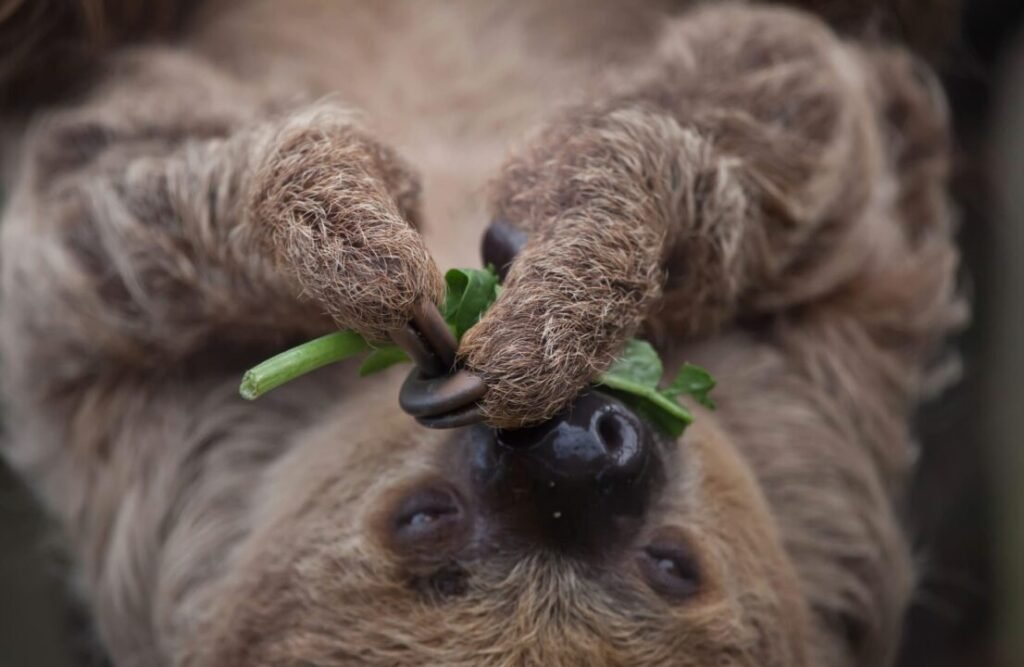
Conclusion
Sloths are scattered throughout Peruvian Amazon region, if your desire is to encounter these adorable creatures, don’t think twice and prepare yourself to enjoy the Amazon with Peru Jungle Trips!
Contact us today and let’s begin with your traveling plans in Peru’s Amazon!

